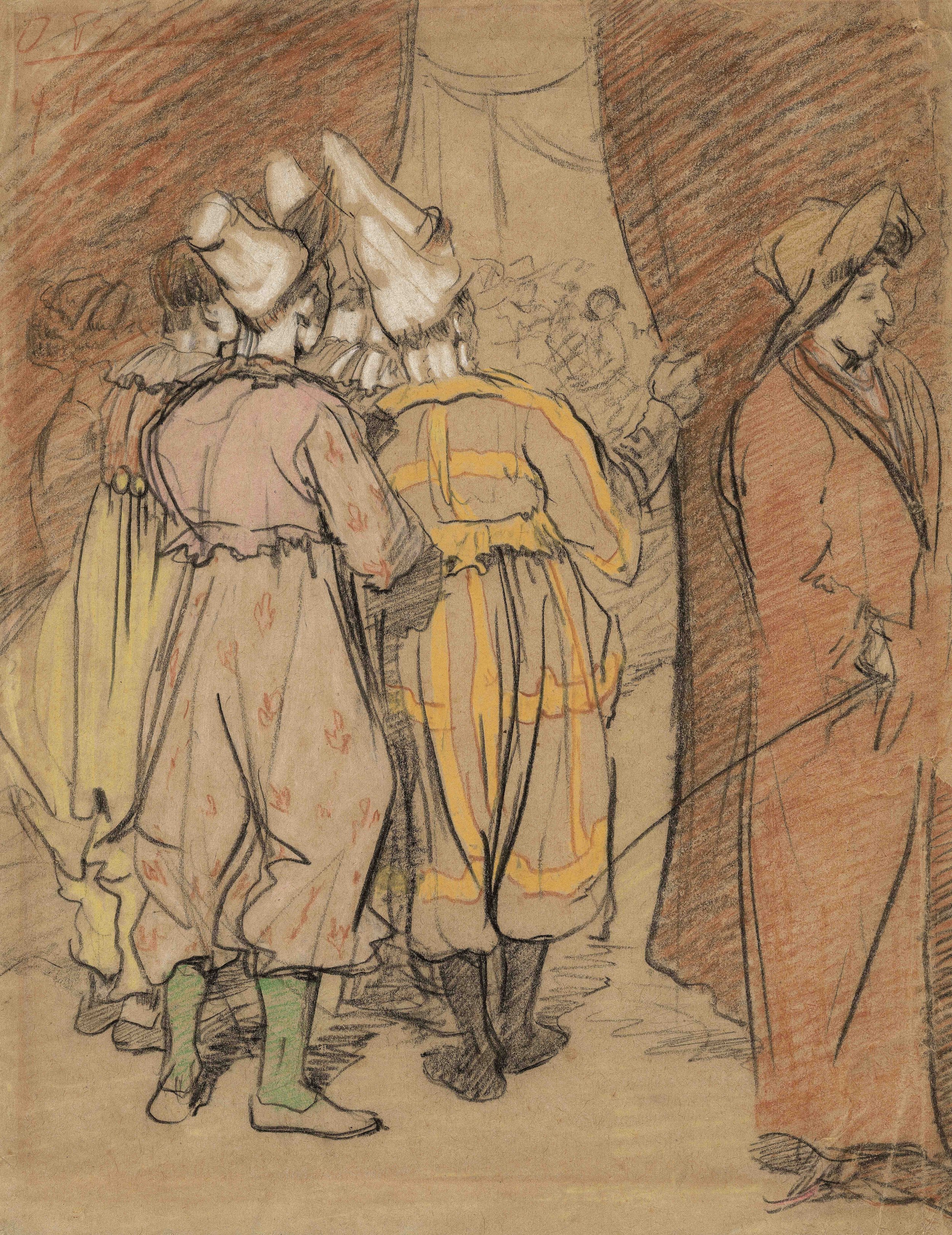That Dark Spring:
A true story of death and desire in 1920s Provence
What the blurb says …
In April 1929, the body of British artist Olive Branson was found submerged in a water tank outside her farmhouse in a picturesque Provence village. Dressed only in a pink shirt and stockings, she had a bullet hole between her eyes and a revolver by her side.
Was it suicide – or murder?
The initial investigation concluded suicide, but under pressure from Olive’s family to conduct a murder enquiry, city detective Alexandre Guibbal was brought in to reopen the case.
Examining never-before-seen evidence, acclaimed true crime writer Susannah Stapleton builds a vivid and absorbing picture of an unconventional life and a violent death, and an investigation that shines a bright light on a village simmering with resentments and dangerous rivalries . . .
What I say …
Despite the depressing subject matter, this was a strangely joyous book to write – thanks in large part to the character of Olive Branson herself. It took some time to track down her papers, but, once I had, the story sprang to life.
Olive was an exuberant correspondent and her letters to her family from Les Baux were crammed with gossip, character sketches and personal news. Although her death was violent and shocking, and the aftermath distressing for many, her vivid and amusing assessments of her fellow villagers (not to mention a fat donkey and a parrot with ‘pothouse manners’) sang out as a celebration of life in all its ridiculous glory.
I originally came across the case in a vintage book of French mysteries. It was, shall we say, fairly dismissive of Olive Branson as a victim. My aim in revisiting it was threefold: to give Olive back her voice (and to nudge people to remember her as an artist); to paint a portrait of Les Baux at a time of critical change, and to explore all the twists and turns the case took on its way to trial.
With the insular nature of Les Baux, with Marseille detectives pitted against local gendarmes, a cultural battle between Old and New Provence, some cross-Channel sniping and warring factions within the village itself, it was not an easy investigation for those involved. For a writer, however? Heaven.
As for the question of suicide or murder, I have my opinion and you will have yours. In many ways, the jury is still out. But I hope you will savour the opportunity to immerse yourself in the lost world of inter-war Provence, and to meet the remarkable Olive Branson. I certainly did.
What other people say …
“Stapleton’s remarkable talent for research and suspense-filled storytelling … are on display in That Dark Spring, a gripping factual whodunnit … richly fulfilling …”
– Literary Review
“A superb evocation of a lost world of privilege and eccentricity … [a] deeply researched, deeply moving mystery-biography…”
– The Times
“I couldn't stop reading it. Susannah Stapleton writes with beautiful clarity and has produced a classic of true crime.”
– Lissa Evans, Author
“Stapleton is a masterly storyteller. She brings a vanished world to life.”
– Judith Flanders, Author and Historian
“A fascinating exploration of a forgotten artist, a community simmering with secrets, and the shifting perceptions of truth and justice. A must-read for true crime lovers and those intrigued by the lost voices of history.”
– The Secret Book Reviewer
Olive Branson on the cover of Détective magazine, 16 May 1929
Image © BiLiPo via CriminoCorpus (Creative Commons Licence)
Colour sketch of circus performers by Olive Branson. London, 1912.
Image © Susannah Stapleton


